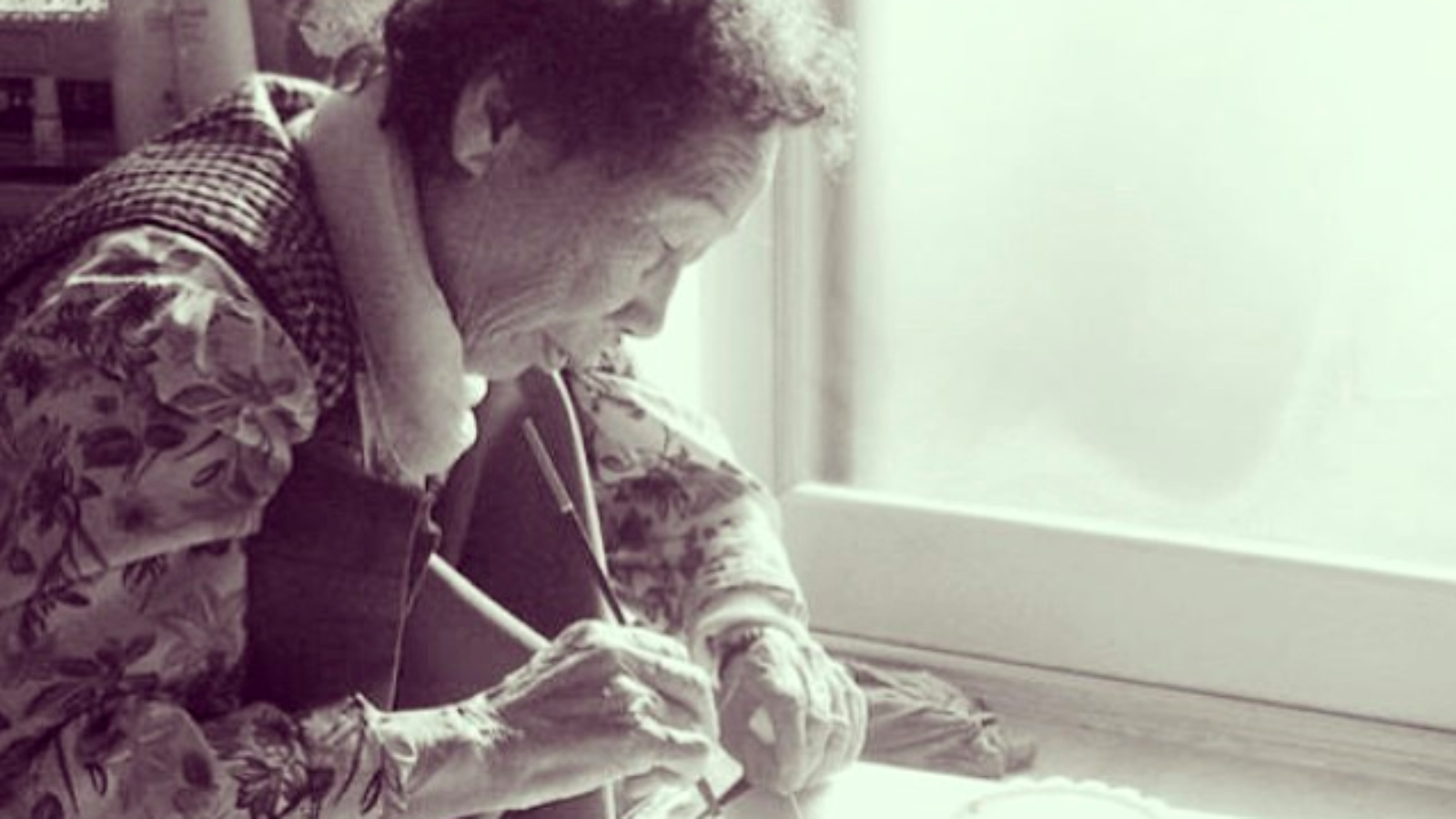By Eunsun Cho
Goethe once wrote, “There is no surer method of evading the world than by following art, and no surer method of linking oneself to it than by art.” Indeed, art often shelters people from harsh realities, but it can also become a channel for reconnecting them with society. In South Korea, where aching memories of forced sex slavery remain vivid in the minds of ‘comfort women,’ Goethe’s incisive remark rings particularly true. By reclaiming their position in society through their artwork, these women are transforming from sufferers of decade-long victimhood into proud artists.
Comfort women is the term used to describe the women who were forced to serve as sex slaves for the Japanese military in the 1940s. Victims were dragged from various countries in East and Southeast Asia, where the military was stationed during Japan’s colonial rule in the region. In South Korea, Haksoon Kim, a survivor of the violence first publicized the story of comfort women in 1991. Since 1992, former comfort women have organized weekly protests in front of the Japanese embassy in Seoul, calling for the Japanese government to make an official apology.
In 2011, a group of university students came together with the common goal of helping the women’s lives and dreams “blossom” again. Under this initiative named the “Blooming Project,” the students created a non-profit brand called ‘Heeum’ in cooperation with a civic organization that works to establish a memorial hall of comfort women and supports the women’s fight for the apology.
Heeum produces and sells various items with distinctive pressed-flower designs, which two of the comfort women, Dalyeon Shim and Soonak Kim, produced during their art therapy sessions. In 2012, former Heeum member Hongjo Yoon launched ‘Heeum the Classic’ (now known as ‘Marymond’), which expanded the collection of products into items popular among young people like snapback hats, cell phone cases, and tumblers. Marymond donates a portion of its profits to the women.

Snapback hats with former comfort women’s designs.
In South Korean society, comfort women have long been recognized as victims whose futures and dignities were taken away. The issue of comfort women has been a key agenda item for many politicians, and countless individuals have donated and volunteered to support the women. As much as these efforts keep South Korean society informed about these women, the overarching social narrative that focuses only on the women’s pain and sorrow has also reified the image of them as helpless individuals in need of care and attention. Besides the weekly protests that have been going on for the past 23 years, there have not been many chances for the former comfort women to proactively engage with society.
The two women whose artwork inspired the Blooming Project passed away in 2010. However, art provides the former comfort women a special and lasting medium to tell their story. It transforms the women’s lives into sources of artistic expression, which simultaneously elevates the women’s relationship with society from one based on sympathy into one based on a common appreciation of beauty.
Current Heeum members Sungwon Kim and Hyunbin Lee told World Policy Journal, “Heeum’s strength is that it allows people to remember the women as individuals and artists, not just as a group of anonymous victims.” With the barrier that separates ‘victims’ of ruined dignity and ‘helpers’ with generous mind lifted, the former comfort women can finally communicate with others in society as equals.
For people who were not very familiar with the women’s stories, each product with the women’s designs becomes a reminder of the issue of comfort women. The number of surviving former comfort women is steadily decreasing, and few young people are able to understand women’s tragedy as their own. According to Kim and Lee, because there are few ways to support these women besides joining the protest or activist groups focused on their progress, it is even more difficult for young people to associate themselves with the issue. However, Yoon explained that presenting the women’s issue through popular consumer items has allowed the message to “seep into the lives of people.” Especially after several celebrities started using the items, the rising popularity of Heeum and Marymond has stirred a strong response among the young generation.
The women’s transformation hints at an important point about social activism; the goal of supporting social minorities should be to help them become functioning members of society. Beyond campaigns and fundraisers, those in need should be encouraged to become the subjects of their own story and to regain their own voices. Without their direct and independent engagement with society, the label of “minority” is likely to perpetuate, reinforcing their alienation from society.
In its mission statement, Marymond encourages its visitors to see the former comfort women “not just as victims but as artists who deliver the message of hope and human rights activists who yearn for peace for the next generation.” In bringing this change in perspective, discovering the women’s artistic talent that had been overshadowed by their victimized life stories will be a good point to start. When the women no longer have to rely on a third party to be seen and heard, they will not only have recovered their dignity as active members of society, but will have also gained a new identity as respected human rights activists.
*****
*****
Eunsun Cho is an editorial assistant at World Policy Journal.
[Photo courtesy of Marymond]
